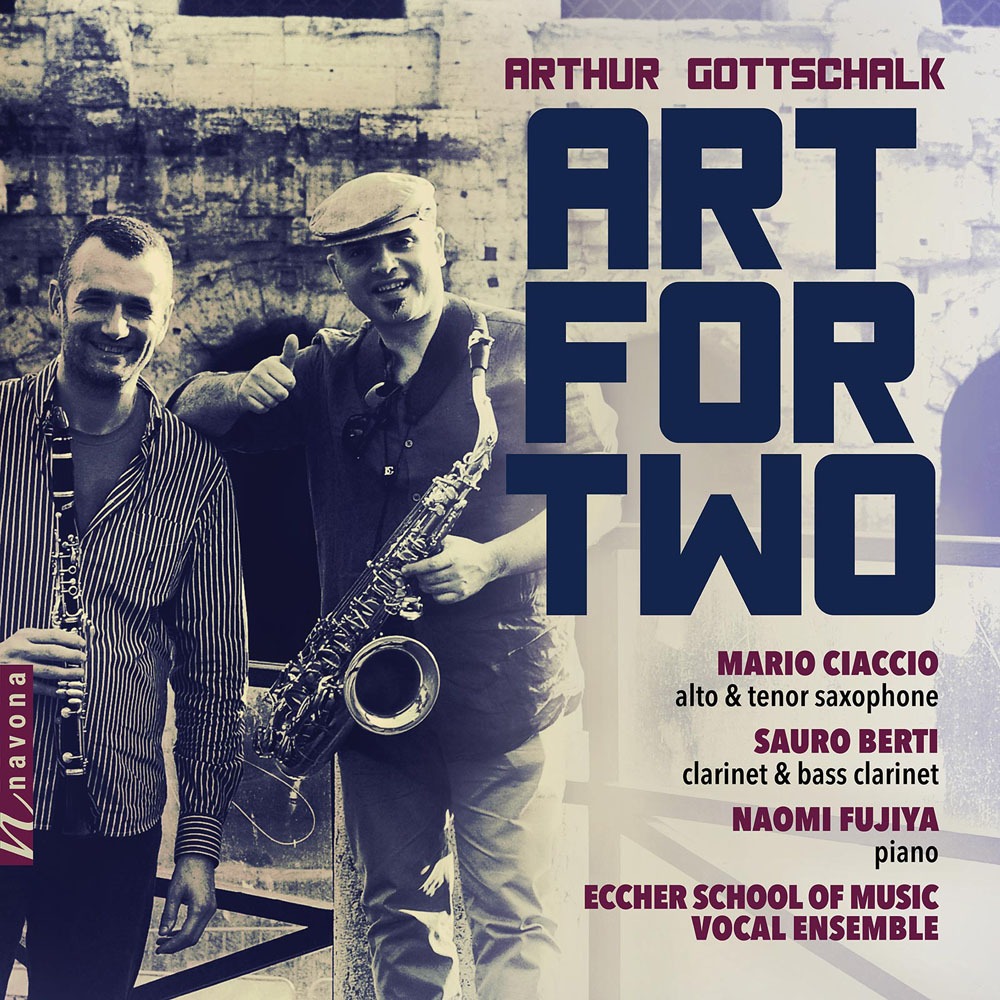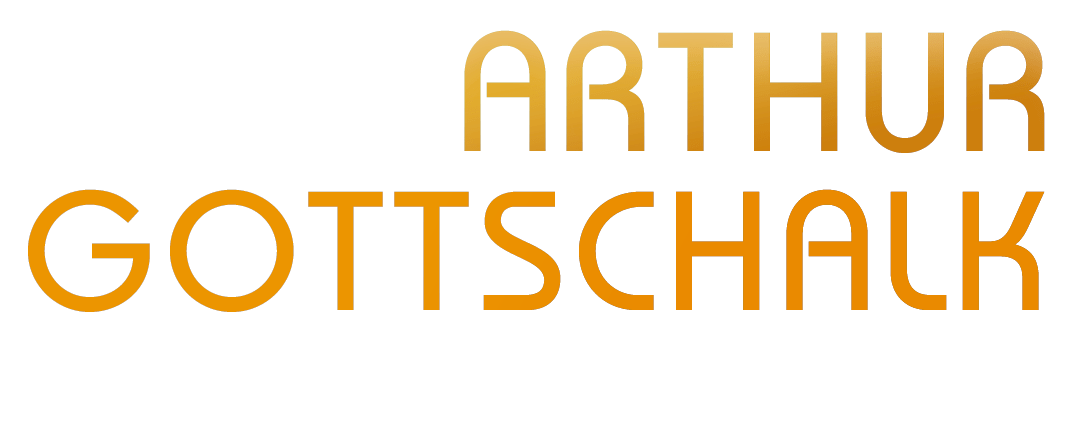
Keyboard And More
Originally Published By: Infodad.com
The piano is largely relegated to a supporting role in the music of Arthur Gottschalk on another (++++) Navona release. Saxophone and clarinet, individually and together, are the focus here, making the CD enjoyable for listeners who like the sounds of these instruments and for performers intrigued by some of the ways in which contemporary composers handle them. Benny, Zoot and Teddy (2012) includes clarinet and tenor saxophone; Oh, More or Less (2011) features bass clarinet and tenor saxophone; and Shalom (2015) uses bass clarinet, tenor saxophone and choir. These three works, although not as substantially developed as the two three-movement sonatas, provide most of the aural interest here: Gottschalk skillfully interweaves the sound of the winds and sets each instrument’s unique tonal qualities against those of the other. The result is music in which expectation is hard to come by: Gottschalk never quite lets listeners know what is coming next and which instrument will be delivering whatever-it-is. The sonatas are more straightforward. The one for bass clarinet is more interesting and, not coincidentally, gives more prominence to the piano: there is a genuine sense of interplay rather than the lesser role of accompaniment that is accorded the piano in the alto-saxophone sonata. Indeed, the piano establishes the underlying mood of the bass-clarinet sonata’s second movement, with the wind instrument commenting on and enlarging the material, and the sonata’s finale (Green Dolphy Street Boogie) possesses considerable verve as much because of the piano’s rhythmic portions as because of the bass clarinet’s bouncy lines. The final work on the CD, Shalom, built around choral intonation of the Hebrew word for “peace,” stands in great contrast to Benny, Zoot and Teddy, which opens the disc with a constant parade of bright and upbeat melodic interjections in which the two winds and piano paint a variegated and lively musical picture of no specific scene but of considerable joy as well as virtuosity. Mario Ciaccio and Sauro Berti both offer smooth tone and a fine sense of rhythm throughout the recording, whether playing separately or together; and if Naomi Fujiya’s piano role is on the somewhat limited side, she makes the most of what Gottschalk gives her and provides very fine support throughout.
Related Articles
- April 17, 1994
Recent Articles
Upcoming Events
Upcoming Events
- There are no upcoming events.

